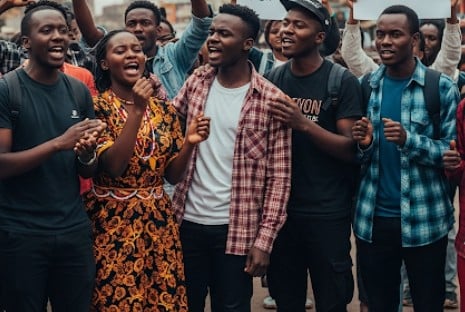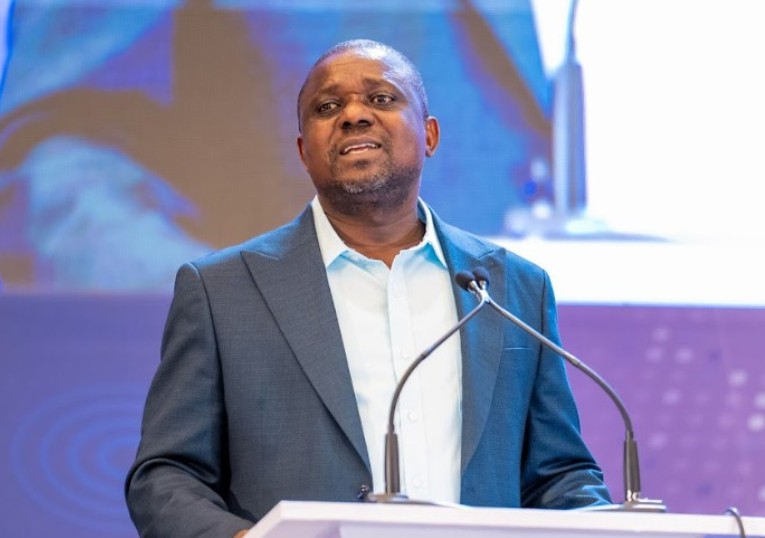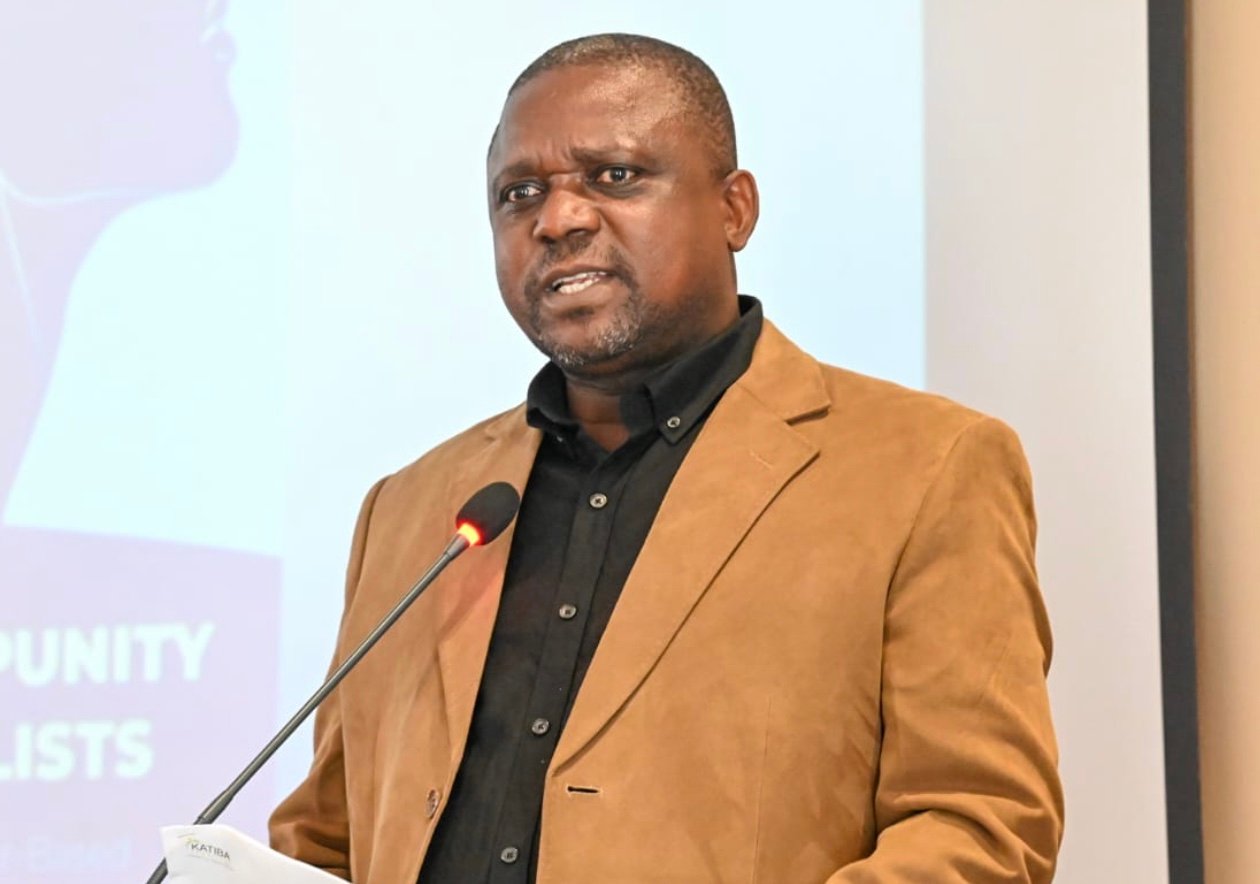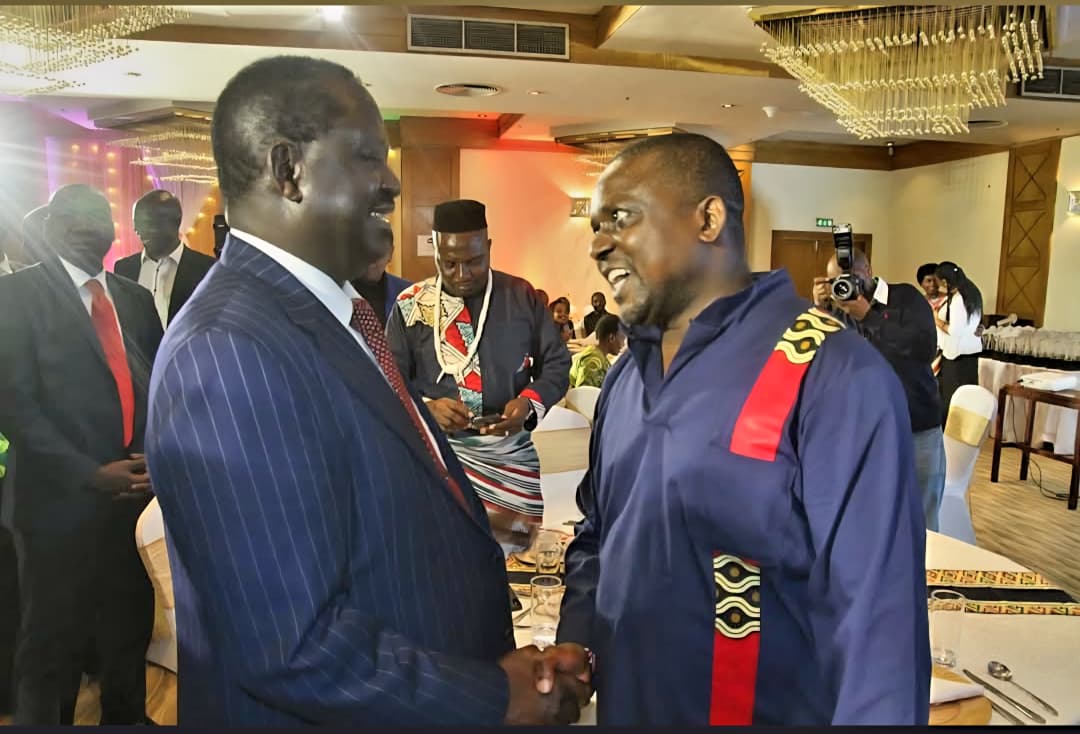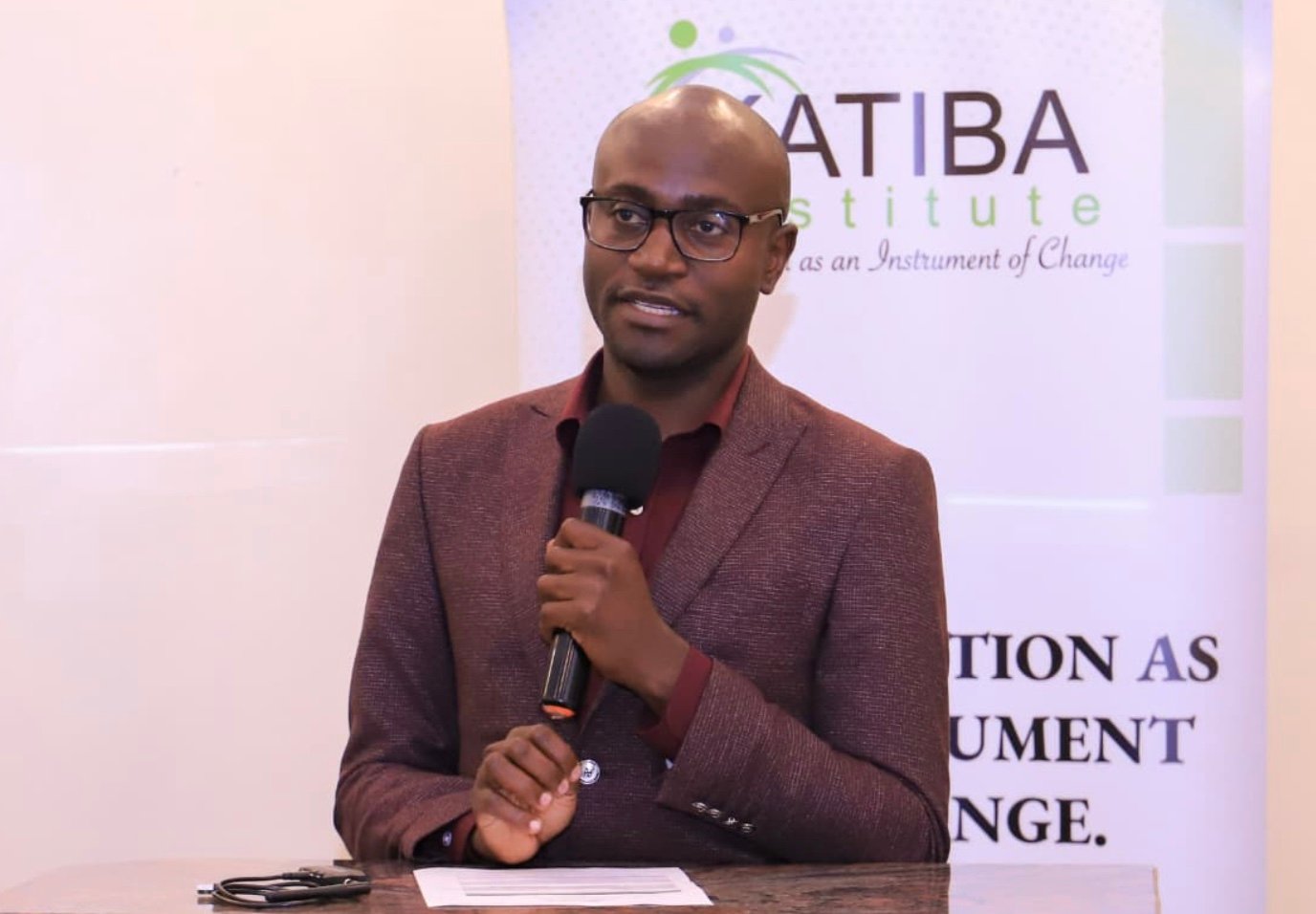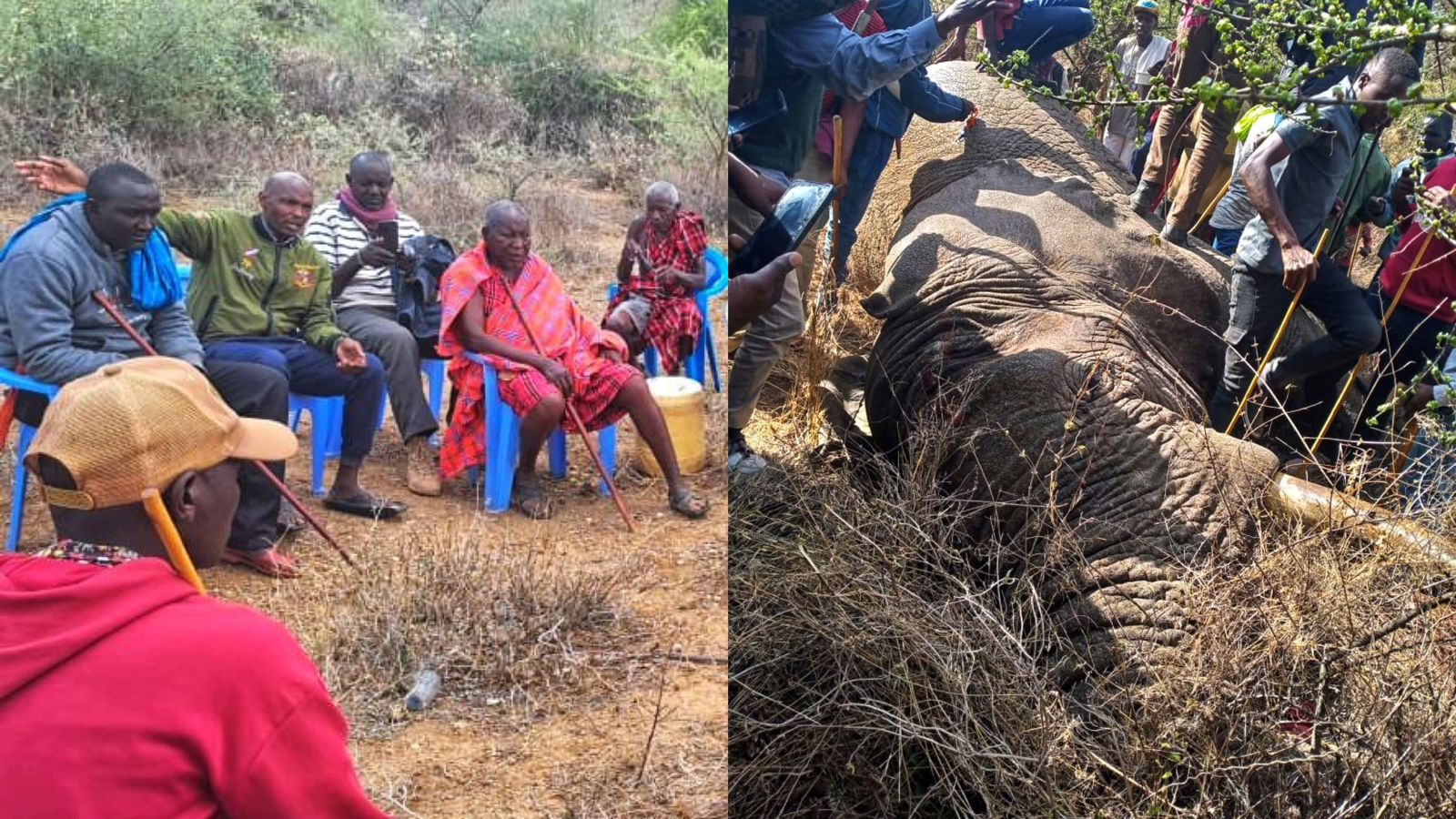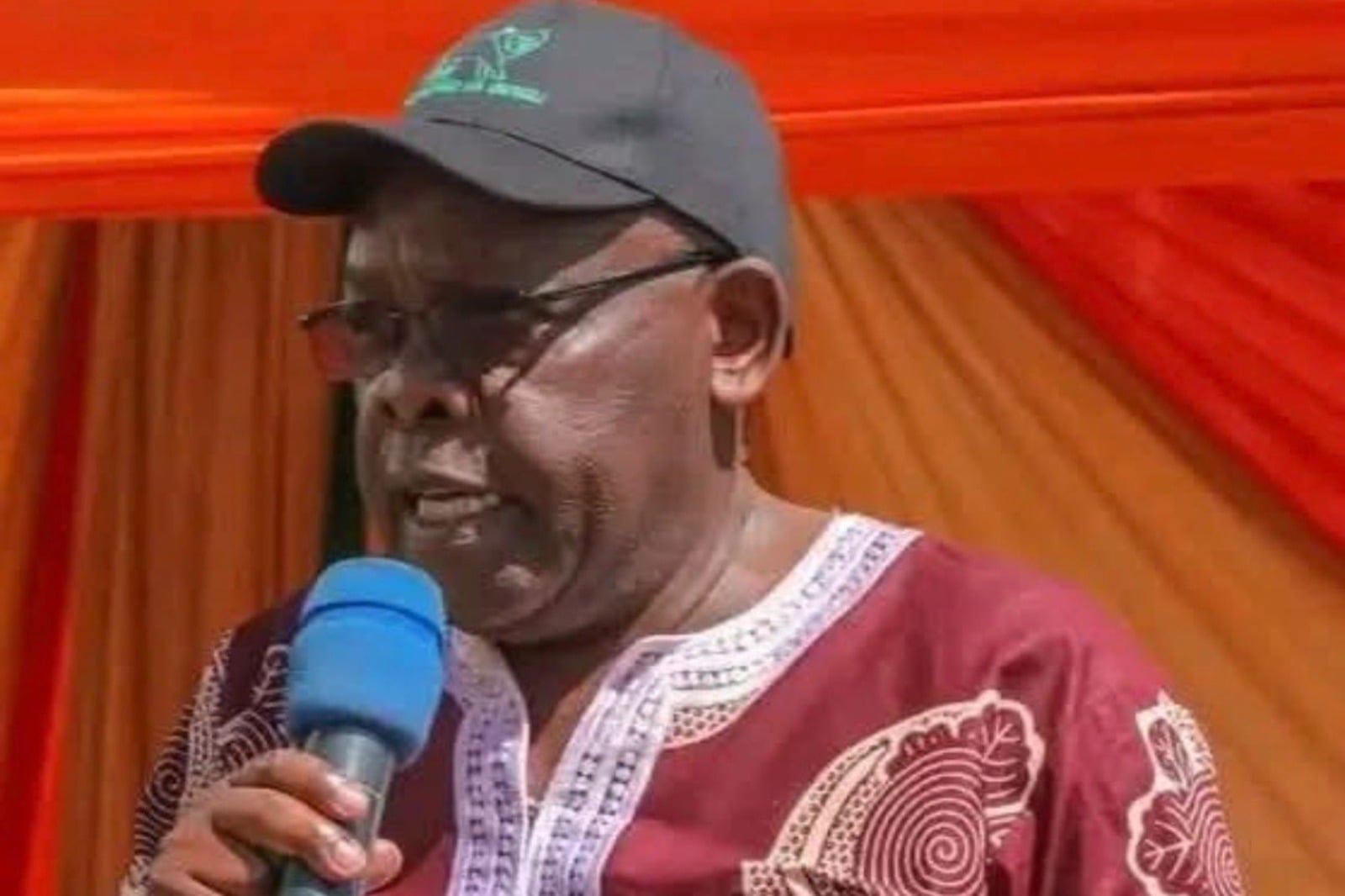By Victor Bwire
Nchi yetu ya Kenya tunayoipenda, tuwe tayari kuilinda, (And our homeland of Kenya, Heritage of splendour, Firm may we stand to defend) Kenya national anthem.
It’s obvious that we need different and adaptive approaches to address citizen voices, especially those of the youth. Many young people might not be voters, whether by omission or commission, and thus routinely miss out on deciding Kenya’s politics over the years. But thanks to their awareness of the strength of their numbers and voices, and facilitated by more affordable communication through digital platforms that make mobilization easy, they are now setting the national agenda.
There are too many conversations and vast amounts of information, whether factual or misinformation, flying around, especially on the more democratic communication channels provided by digital platforms and propelled by the youth, a situation further fueled by the political class. Political extremism and a widening generation gap in information demand and supply are building up across the country, while anger mismanagement and social disruption occur among Kenyans.
Traditional methods of addressing these situations, including managing protests by the youth, responding to demands for accountability, and communicating government achievements, seem unable to calm the volatile environment. Successful national interventions that once tackled youth unrest, such as the approaches used to handle radicalization through the National Counter Terrorism Strategy, now appear abandoned. Instead, more crude methods, attacks, arrests, insults, and politicization are being preferred.
Read More
Amid the influx of information and disinformation dominating national conversations, nobody seems to be listening, and the voice of reason is drowning. Temperatures within the government are high, as political wings within the ruling coalition accuse each other of all manner of things. While open debate on national issues is healthy and a democratic right, caution is necessary.
The cheering crowds are growing in number, blindly following their political masters at the risk of pushing the country to the brink. We are creating fertile ground for violent extremism and radicalization, and reviving tribal militias that may be hard to contain in the future.
A country easily slides into anarchy when extreme positions are taken on national issues and the public loses patience and direction, spewing dangerous and poisonous words, as is currently happening online and in the media. The venom expressed by Kenyans online, who are not necessarily journalists or traditional media actors, is something analysts should examine carefully to help us understand whether the current physical peace in the country is genuine. The ongoing hate and angry exchanges online, among Kenyans and directed at each other, over issues both mundane and serious, deserve serious attention.
.jpg)
The youth need a different approach, genuine listening, reframing, and prioritizing the issues that matter to them, not necessarily the same old political narratives. In addition to investing in digital and media information literacy through the education system, the country needs clear policies or legislation to ensure responsible use of media and communication infrastructure. Government communication must prioritize messages that address the youth’s real needs, not just the usual political messaging used to appeal to the political class.
Kenya is endowed with an energetic, vibrant, talented, and creative youth population that is, unfortunately, wallowing in poverty. The 2019 census put the youthful population (aged 0–34 years) at 75 percent. The country’s development blueprint, Vision 2030, promises to create a globally competitive and prosperous nation with a high quality of life by providing sustainable employment to the youth in both the formal and informal sectors.
The National Council for Population and Development notes that youth unemployment in Kenya remains a significant challenge to the country’s development efforts, even as Kenya works to reap the benefits of the demographic dividend, a term used to describe a country’s window of opportunity for accelerated socio-economic growth when the proportion of those aged less than 15 years falls below 30 percent of the total population, while the proportion of those aged 65 years or more remains less than 15 percent.
Outside the advantages that would come with achieving the demographic dividend, especially increasing the population with a high proportion of people in the working ages (15–64 years) relative to dependents, the country is still struggling with access to quality and affordable health care, education, skills training, and employment, especially for the youth. This slows our progress toward achieving Vision 2030. As is customary with policy development, the country has a demographic dividend roadmap to guide these efforts, but the gap between planning and practical results remains wide.
Mr Victor Bwire is the Head of Media Development and Strategy at the Media Council of Kenya.
